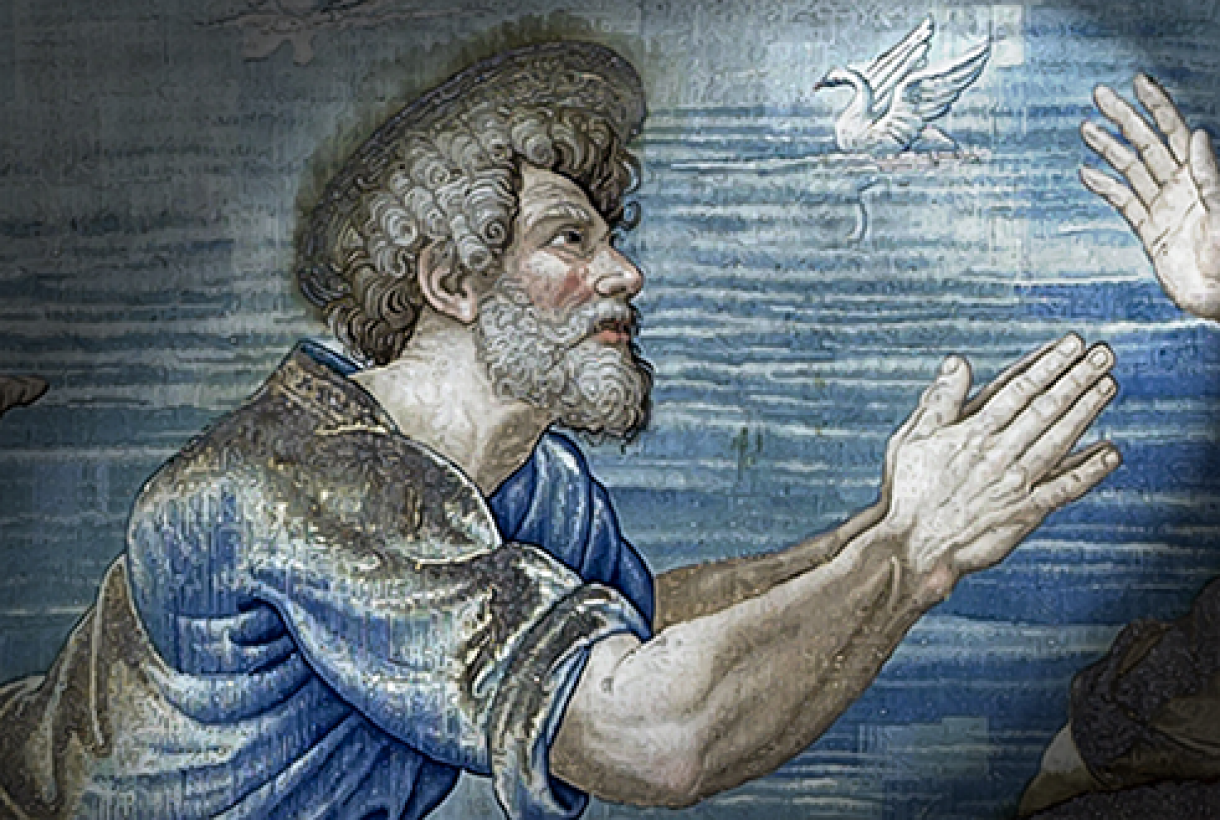
Department of Tapestries and Textiles
Secondary navigation
Originally part of the sectors of Byzantine, Medieval, and XV-XVI century art, the Department was established in 2008 as a result of the new Regulation of the Vatican Museums. The collection, including tapestries and textiles, may be considered one of the most ancient in existence. Reduced over the years by the ravages of time and by the Napoleonic pillages, the tapestries collection was born in the fifteenth century when the pontiffs, who had always been keen collectors of these precious items, commissioned entire series of them. Prominent among these, in the large hall of the Vatican Pinacoteca dedicated to Raphael, is the renowned series of the Acts of the Apostles commissioned by Pope Leo X (1513-1521) for the Sistine Chapel and woven to models by the great painter from Urbino and his students in famous Brussels manufactory of Pieter van Aelst. In the same room there is also the magnificent and ancient tapestry of the Last Supper inspired by the Cenacolo of Leonardo, donated by the devout Christian King of France, Francis I, to Pope Clemente VII in 1533. In addition, the collection includes, in the historic Gallery dedicated to Tapestries, the refined Flemish series with episodes from the Life of Christ produced in the first half of the sixteenth century on the basis of drawings by pupils of Raphael, and the seventeenth-century series with episodes from the Life of Urban VIII, produced in the tapestry-weaving workshop established in Rome by Cardinal Antonio Barberini, nephew of the same pontiff. The passion and tapestry-working tradition of the papal court lasted throughout the centuries with the foundation of a workshop in the eighteenth century by Clement XI Albani in the Hospice of San Michele in Rome, to satisfy the artistic and furnishing demands of the pontiffs, up to the Unification of Italy, and whose collection still includes prized works.
The Department carries out scientific studies and research in order to further and disseminate knowledge of the collection through publications, conventions, study days, exhibitions and displays. It produces educational material related to the works on display. Alongside the activities of supervision and protection of such works conserved in the Vatican Museums and Palaces, the Department manages restoration works and is responsible for maintaining relationships and exchanges with scholars and institutions in Italy and abroad.


